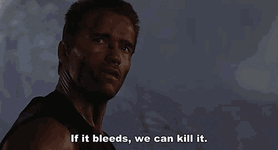roosiebull
WKR
Bear vitals aren’t protected by muscle, it’s thin hide, fat, and ribs unless you take a hard quarter to shot, but a broadside shot on any bear, where the lungs sit, there is hardly any muscle, if you are shooting through a lot of muscle, you shot too far forwardNobody said it was. There’s just a lot more of it. Hence the amount of muscle you need to penetrate to get to vitals is more.

